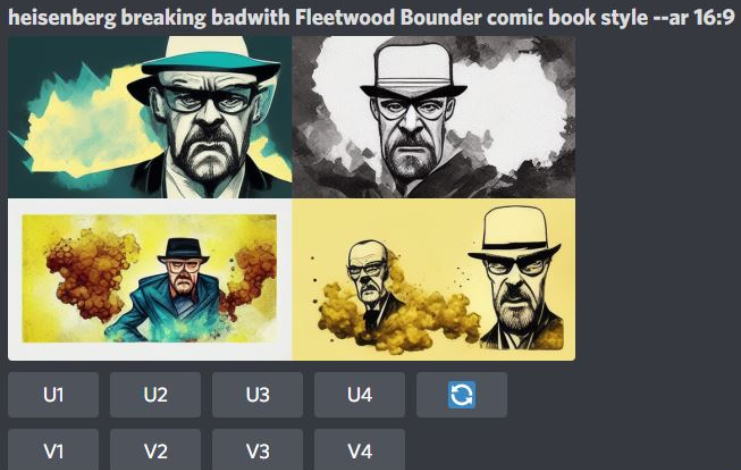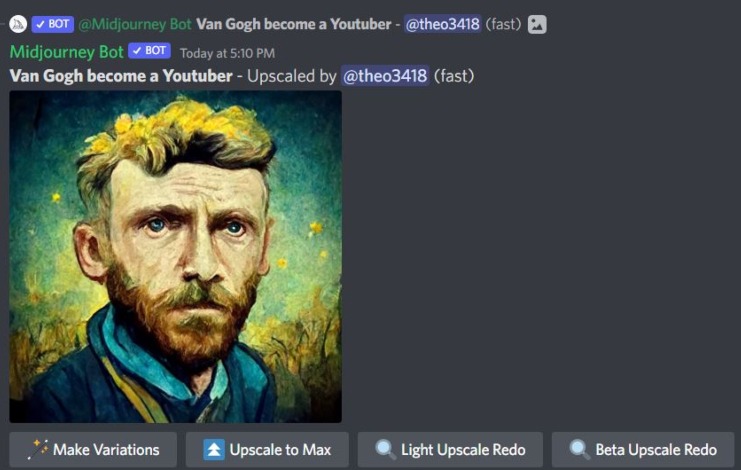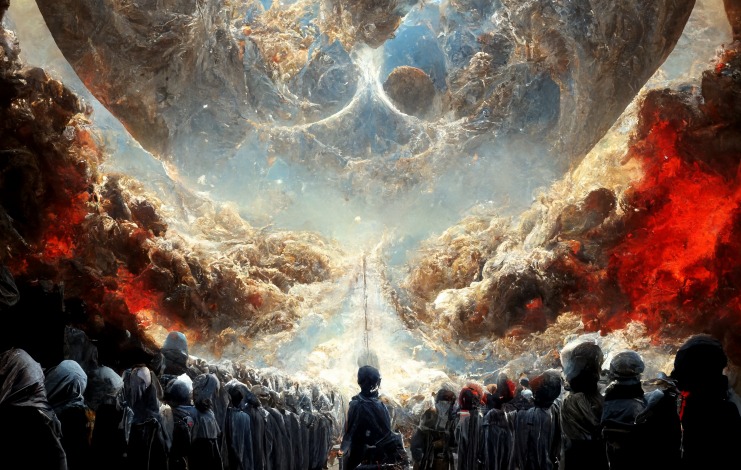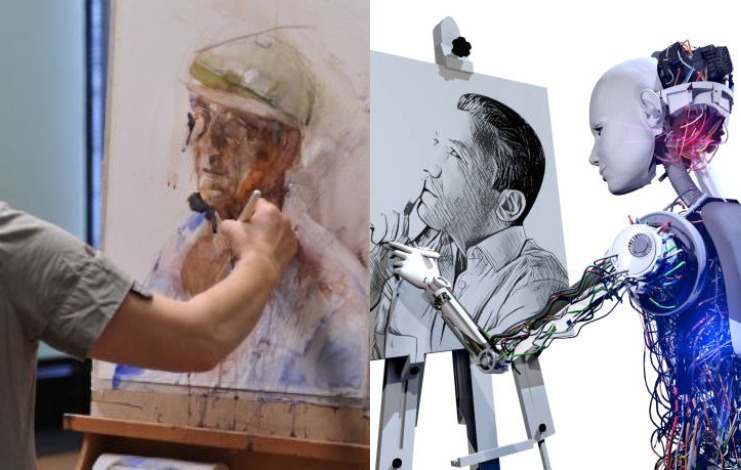Movies over the years showed the rise of artificial intelligence taking over and enslaving humanity, think “The Matrix” and “The Terminator,” and while that has yet to happen (thankfully), recently, there has been an attention-grabbing rise of people sharing AI-generated art. Some of whom clearly stated that the pictures were made using AI, while others claimed that its theirs; which made us wonder, will AI steal the art scene from humans?
The Rise Of The Machines
It isn’t out of the ordinary to see machines replacing humans. It has happened several times before, such as in car production lines or anything related to mass production, due to the machines’ accuracy, effectiveness, and obvious perfect health. However, we’ve never seen it take over a human’s post in something that needed creativity and talent on this scale before.
Using AI in art isn’t new in fact, there was an AI-generated portrait sold in 2018 at an auction for a whopping $432,500, but the latest two AI platforms making waves in the scene today are Midjourney and DALL·E 2.
DALL·E (named as an homage to Salvador Dali) creates images based on the users’ input using an intricate deep-learning method; the developers behind the platform enhanced it even more, releasing the second iteration DALL·E 2 in 2021.

The second version produced higher quality images and had more accurate interpretations of what users entered, but the platform as a whole wasn’t accessible by the public for quite some time, leading to other developers uniting and creating another version titled Midjourney.

Both platforms’ interfaces are essentially the same; the programs greet users with a blank bar awaiting a prompt, and once that’s entered, it starts to develop the desired pictures. Of course, the more detailed and specific the prompt entered, the better the results.

Midjourney usually offers four different variations for the provided prompt; users can then either create more variations from the one they like the most or upscale their favorite variant to get a higher-quality image.
The World’s Reaction
More people were given access to Midjourney compared to DALL·E 2, with some limitations in the number of overall entries, but the results are incredible. No one can deny that this accessibility opened the floodgates to what is possible with digital art. It also provided something for those who aren’t talented enough to do it themselves but are looking to get their vision across.
That said, things aren’t all ideal since many digital artists are now worried that a machine could take their livelihood from them.
“My first thought was: man, I’m really glad that my livelihood isn’t tied to making album art anymore as it once was. Because, you know, I’m sitting here clicking through ideas in Midjourney and coming up with incredible album covers, one after another. And if I’m a musician now, I’m certainly not going to try and, you know, use my limited budget to go pay somebody to make one of these things, If I can just type this in.”
Rob Sheridan, art designer, and designer, told VOX.
Sheridan also explained that people need to reevaluate the whole situation, and what is the bottom line at this time since so many people have access to these platforms; what will an artist provide to the table?

Artist Mario Klingemann also shared his concern to VOX, wondering if the people who have access to the same model will buy anything he creates in the future or would they prefer to go to platforms like Midjourney and create something similar instead.
The Double-Edged Sword Of AI Art
This evolution of creative technology raises a lot of interesting questions that are yet to be resolved.
One of these questions is, if a person uses one of these platforms to create a certain piece of digital art, does this make them a digital artist or art director? Yes, the person using a platform such as Midjourney entered the prompt of what they wanted to get as an art piece and got their vision in the final result. But then again, how much talent, effort, and work did they put into the actual result compared to digital artists who have worked to get the artistry to do that without using AI?
Another question that rises is, If these platforms can create art resembling the art style of someone else, does that infringe on their copyrights? Some artists had some reservations, including American Artist James Gurney, who stated to VOX, “Artists should be given the option to opt-in or out of having their art style as a data set for creating this other artwork.”
What We Know
Using machine learning and technology in several facets of our lives isn’t something new, and its evolution should be expected, as the human race tends to explore all avenues to introduce new technologies to already well-established mediums. That said, it’s hard to see the human touch ever fading from the spotlight when it comes to art overall, at least for the time being.
We Said This: Don’t Forget… Using Today’s Tech To Get Better Water: UAE To Apply AI In Its Cloud Seeding Process



